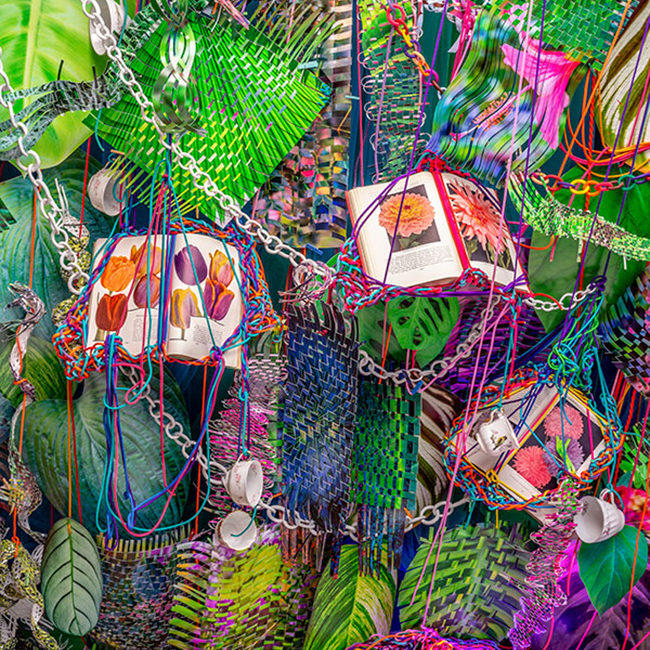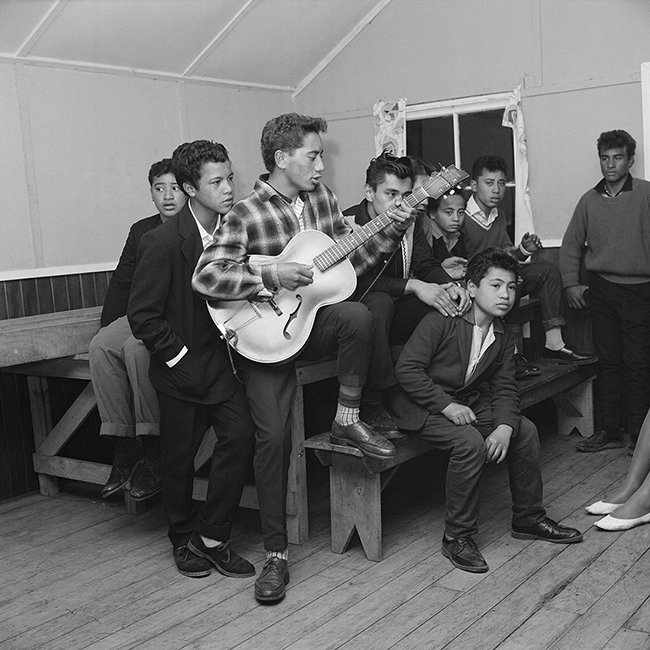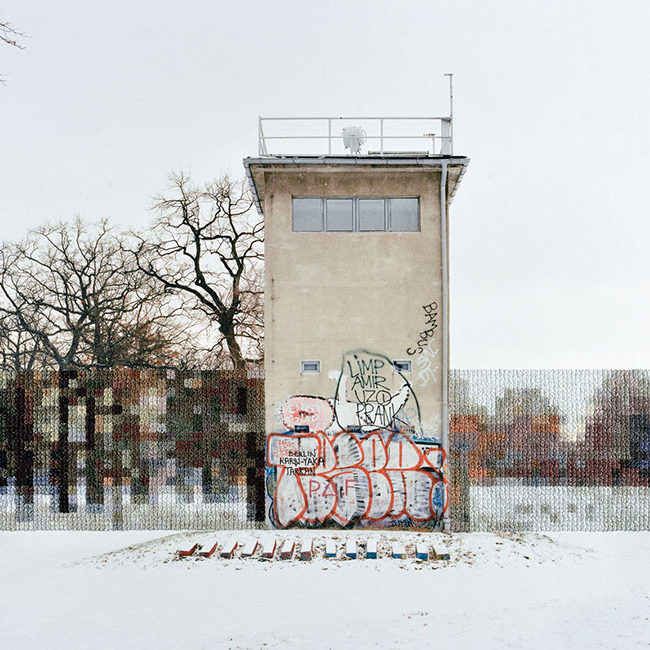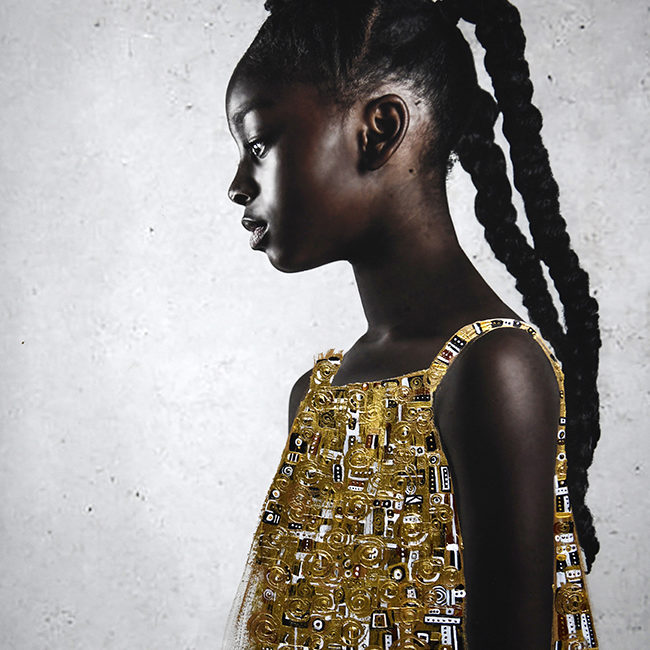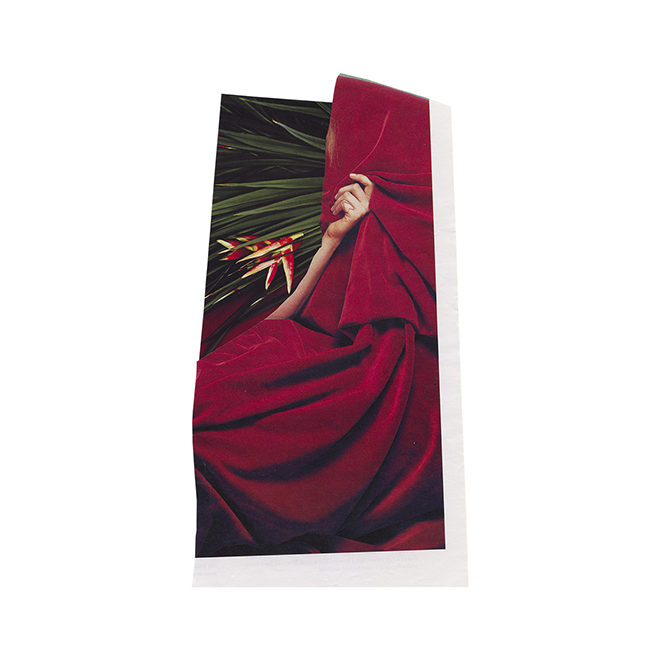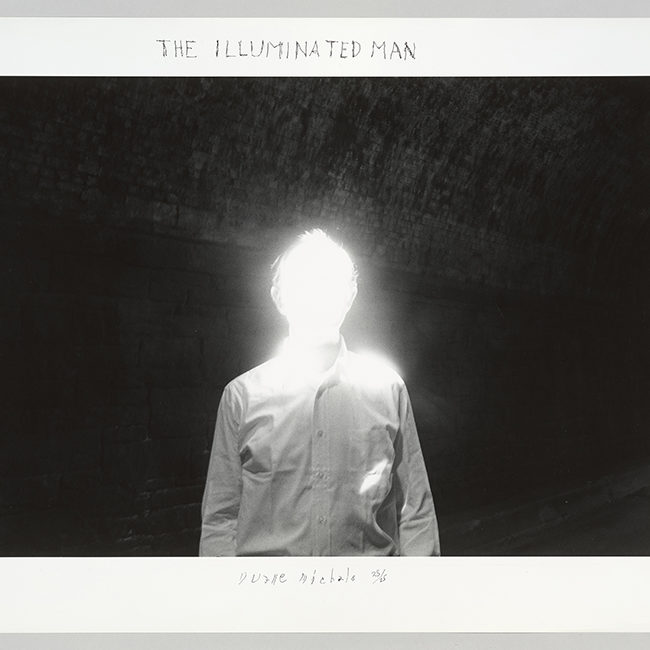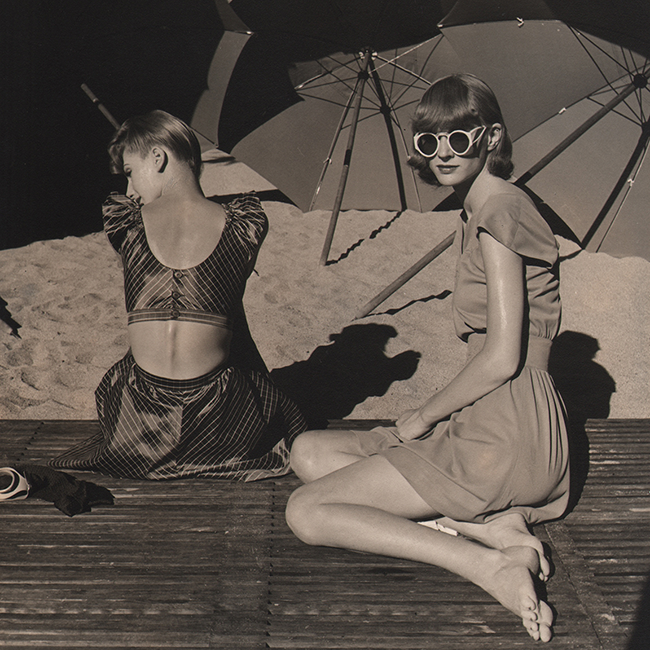In 1955, when the Museum of Modern Art in New York City launched “The Family of Man” exhibition, featuring work by 273 photographers, the Cold War was raging and the threat of nuclear annihilation seemed ever-present. Edward Steichen, the museum’s curator of photography, wanted the images to show “the essential oneness of mankind throughout the world,” and to highlight commonalities in the way people everywhere love, celebrate, worship, work and care for their children. He wanted the show to have wide appeal, and he succeeded. The exhibition was shown in 88 venues around the U.S. and in 37 other countries before its tour ended in 1961. The catalogue, priced at $1 for the paperback edition and $10 for the hardcover, sold more than a million copies. To mark the show’s sixtieth anniversary, MoMA is republishing the catalogue with updated duotones, offering modern readers a chance to examine for themselves an anthology that has been both influential and controversial.
When it opened, critics called Steichen’s vision simplistic and naïve. That critique of the exhibition as a whole ignores the individual contributions of artists such as Robert Frank, Irving Penn, Diane Arbus, Roy DeCarava, Manuel Alvarez Bravo and Wynn Bullock, who were not known for squishy sentimentality. The republished catalogue reproduces all 503 photos in the show, allowing viewers to consider each image on its own merits. Steichen wanted the exhibition to demonstrate that photography could be a powerful tool for fostering compassion. Today it’s incredible that a curator claiming to present a global vision of humanity would rely on a list of contributors that was overwhelmingly American and European. Another photographic milestone from 1955—the publication in Jet of the photo of the mutilated body of lynching victim Emmett Till—probably did more to incite real political action for racial equality.
However, The Family of Man continued to inspire a generation of photojournalists who saw their work as a noble calling. Documentary photographers seeking a more ambiguous, artistic approach have rebelled against Steichen’s treatment of photography as a “universal language,” but they can’t ignore the deftness of the images he selected, or the widespread impact of the monumental exhibition he created. The republished catalogue presents “The Family of Man” as both a monumental collection of outstanding work, and as an historical artifact. -Holly Hughes
